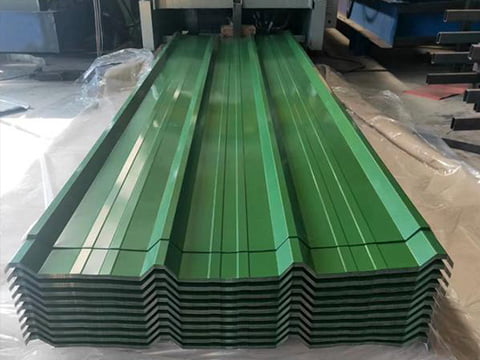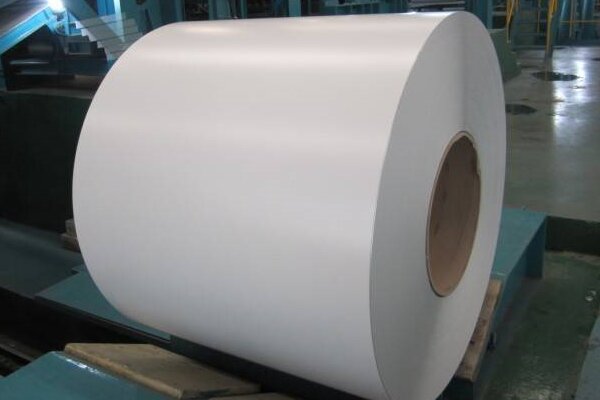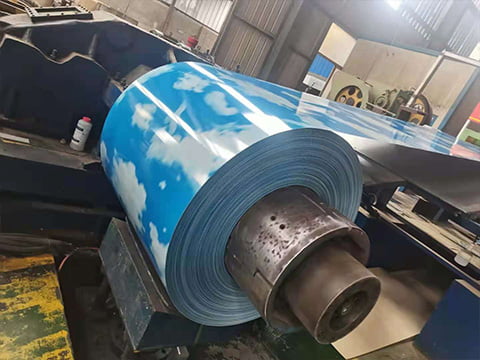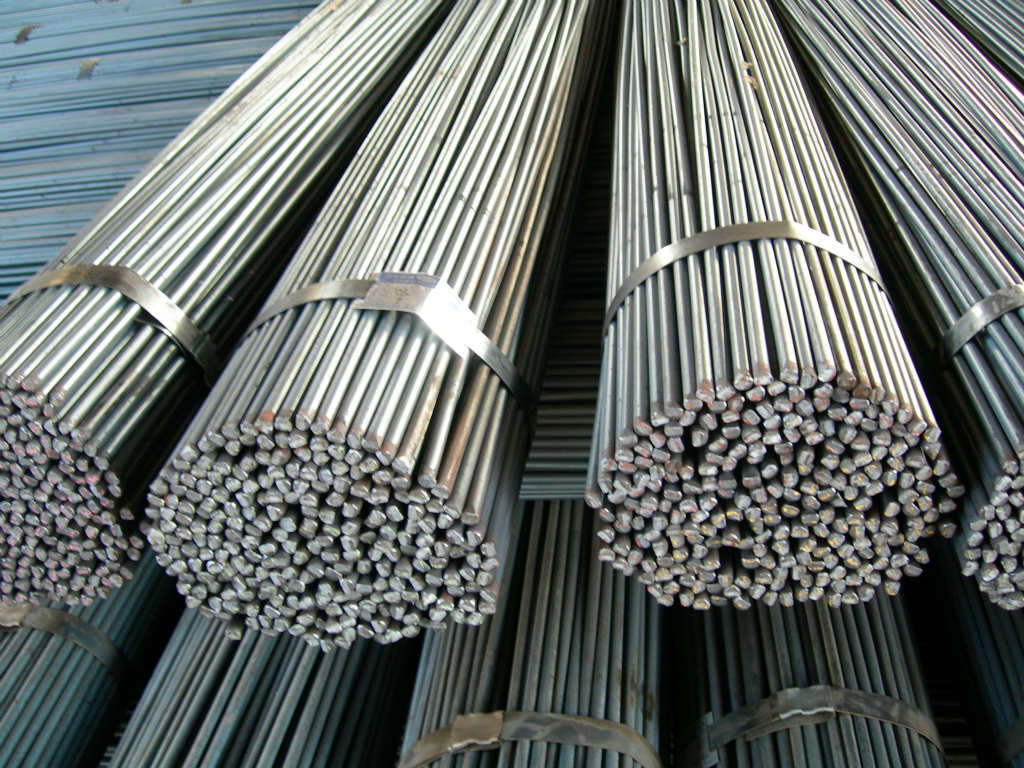Hot rolling and cold rolling are two common methods for processing metal materials. Their processing processes and product properties after processing are very different. Here are the specific differences:
During processing:
1. Processing principle
Hot rolling is to heat a metal material to a plastic temperature at a high temperature, and use a large rolling force to plastically deform the material to form the required shape and size. Cold rolling is carried out at room temperature, using large rolling force to cause cold deformation of the material.
2. Different processing temperatures
Hot rolling is the processing of metal materials at high temperatures, usually above 1000℃. Cold rolling is the processing of metal materials at room temperature (usually at or below room temperature), and the processing temperature is generally between minus 100℃ and room temperature.
Hot rooled & Cold rolled
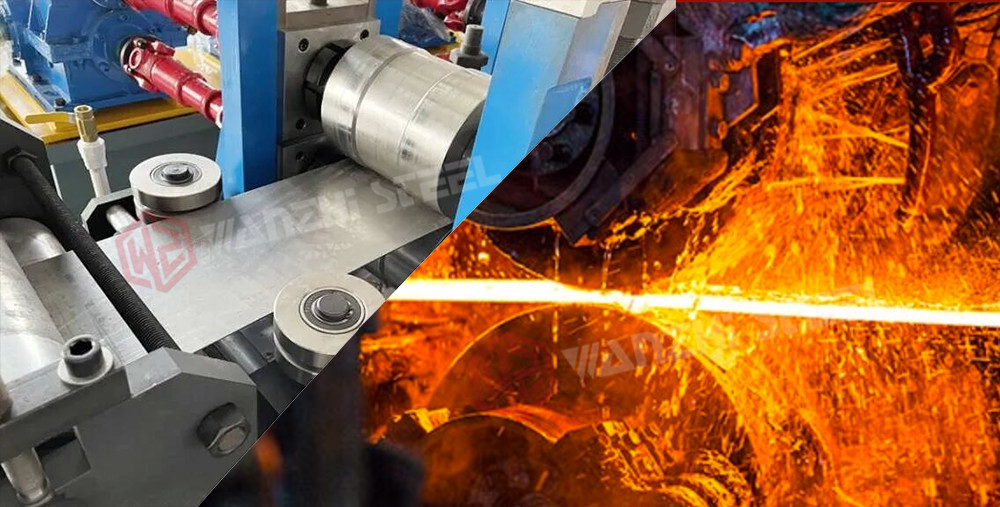
3. Different processing pressures
The processing pressure of hot rolling is much smaller than that of cold rolling. This is because the material is more easily deformed at high temperatures, so it does not require too much pressure. During cold rolling, since the material is at room temperature, greater pressure is needed to change the shape of the material.
Performance of the finished product
1. Different material properties after processing
Due to different processing temperatures and pressures, the material properties after hot rolling and cold rolling are also different.
After hot rolling, the mechanical properties of the material are relatively poor, but it is easy to deform. so it can be used to manufacture large-scale steel and other products. After cold rolling, the mechanical properties of the material are relatively better and the surface quality is better, so it can be used to manufacture high-precision metal products.
2. Mechanical properties of the material:
Hot rolling has high processing temperatures and relatively low mechanical properties of metals, but during the hot rolling process, mass production can be carried out in a short time and the cost is relatively low. The processing temperature of cold rolling is lower, so the mechanical properties of the metal are relatively high, but the production efficiency is relatively low and the cost is high.
Cold-rolled formed steel allows local buckling in the section, so that the bearing capacity of the member after buckling can be fully utilized; while hot-rolled steel does not allow local buckling in the section.
The causes of residual stress in hot-rolled section steel and cold-rolled section steel are different, so the distribution on the section is also very different. The residual stress distribution on the section of cold-formed thin-walled steel is bending, while the residual stress distribution on the section of hot-rolled steel or welded steel is film. The free torsional rigidity of hot-rolled steel is higher than that of cold-rolled steel, so the torsional resistance of hot-rolled steel is better than that of cold-rolled steel.
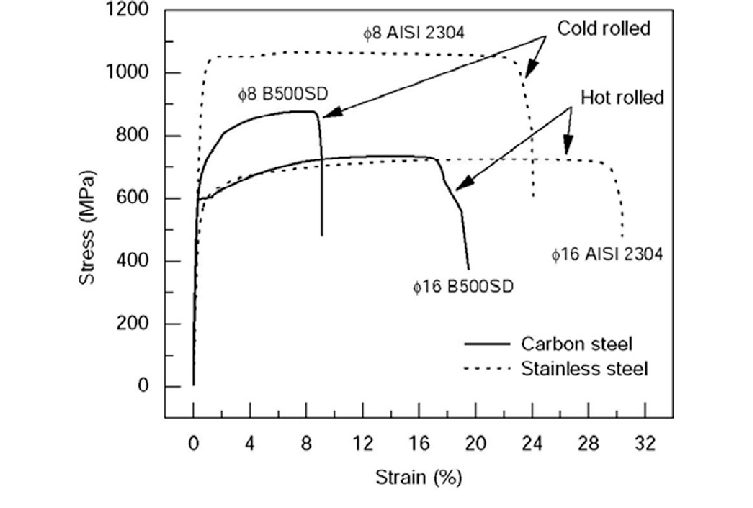
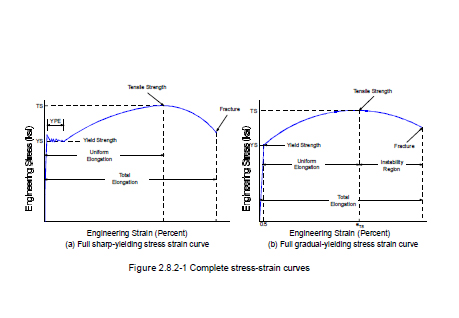
3. Surface quality:
The surface quality of hot rolling is relatively poor and often requires subsequent trimming and surface treatment. The surface quality of cold rolling is better, so it can be directly used as a finished product.
Select cold rolling and hot rolling
If your project has started, is about to choose steel, then in the selection of steel, to choose the right steel according to the actual situation of the project. Whether hot rolled steel or cold rolled steel, have their own advantages and disadvantages, the right is the best. Wanzhi Steel as a company with more than ten years of foreign trade experience, here you can get the best quality, the highest price steel. Looking forward to your inquiry.
